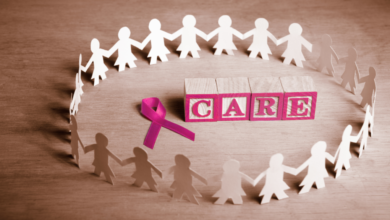200+ Queries
What is the role of mental health professionals in cancer care?

Mental health professionals can provide support and guidance to cancer patients and their families, helping them cope with the emotional and psychological challenges of the disease.





